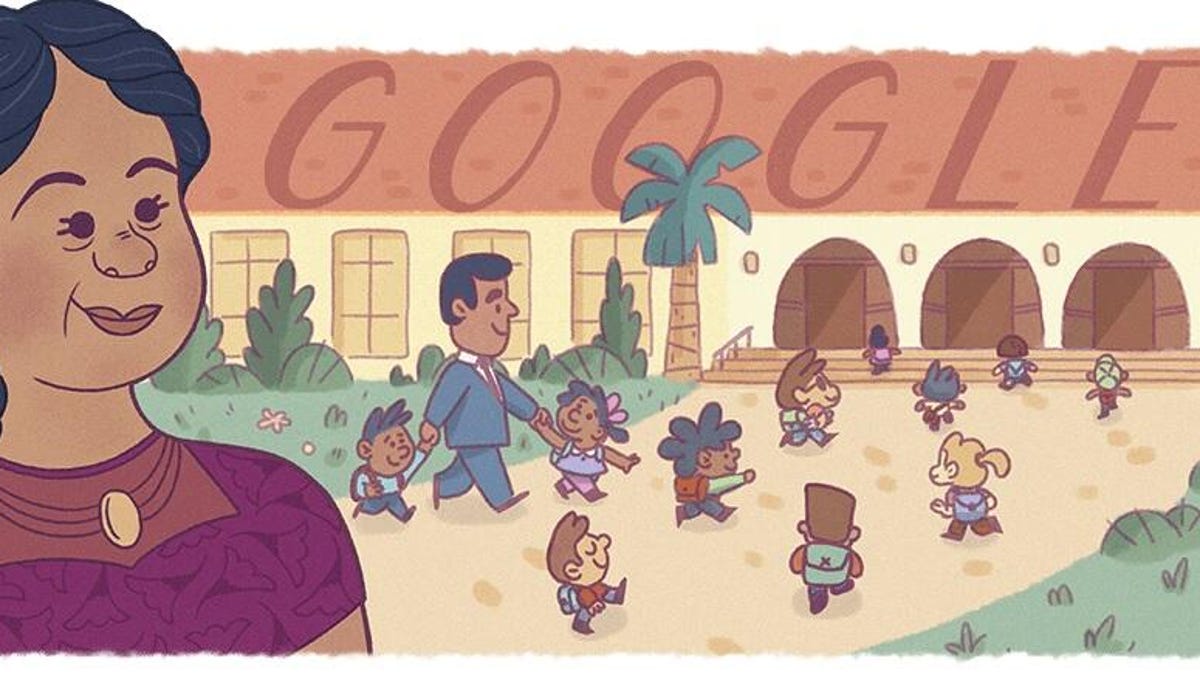Google Doodle celebrates Puerto Rican civil rights pioneer Felicitas Mendez
The 1946 ruling in her lawsuit paved the way for desegregation in public schools years before the landmark Supreme Court decision in Brown v. Board of Education.
Nearly a decade before the landmark racial desegregation ruling by the Supreme Court in Brown v. Board of Education, Felicitas Mendez was already waging a legal battle against racial segregation in public schools. The civil rights battle she and her husband fought helped pave the way for the American civil rights movement that would gain strength in the 1950s and '60s.
To mark the first day of Hispanic Heritage Month, Google on Tuesday dedicated its Doodle to the Puerto Rican civil rights pioneer and business owner. The video Doodle includes archival interviews with Mendez about the struggles her family faced against racism.
Felicita Gómez Martínez was born on Feb. 5, 1916, in the town of Juncos, Puerto Rico, and she and family were frequently subjected to racial discrimination, confused racially with Black Americans. When she was 12, her family moved to Southern California, performing agricultural work in the fields of Orange County, where she was again subject to discrimination, this time perceived as Mexican.
She married Mexican immigrant and fellow field worker Gonzalo Mendez in 1935, and together they opened a bar and grill and managed a 40-acre asparagus farm in Westminster after the Japanese-American owners were sent to an internment camp during World War II.
School segregation was rampant at the time, and Westminster had separate schools for Hispanics and whites, the former being a shack in the city's Mexican neighborhood, while the latter was a more distinguished campus that offered better educational benefits. Recognizing the advantages, Mendez sought to enroll her children in the nicer school but was refused based on their ethnicity and skin color.
Along with her husband and a group of other parents, Mendez spearheaded a 1944 lawsuit against Westminster to end racial segregation in the city's schools. The school district argued there was a language issue that hampered the educational process – a claim that disintegrated when one of the children took the stand and articulately testified in English, demonstrating that no such language barrier existed because most Hispanic-American children already spoke English.
In 1946, a federal district court ruled in the favor of the Mendez family, finding the school district in violation of the children's constitutional rights of equal protection under the law. The Ninth Circuit Court of Appeals affirmed the decision a year later -- after involvement from future Supreme Court Justice Thurgood Marshall -- paving the way for integration of public school in California and setting the stage for the Supreme Court's landmark Brown v. Board of Education decision seven years later.
Mendez died in 1998, after working as a nurse for more than 30 years. In 2011, her daughter Sylvia was accepted the Presidential Medal of Freedom in recognition of her parents' role in the lawsuit.


